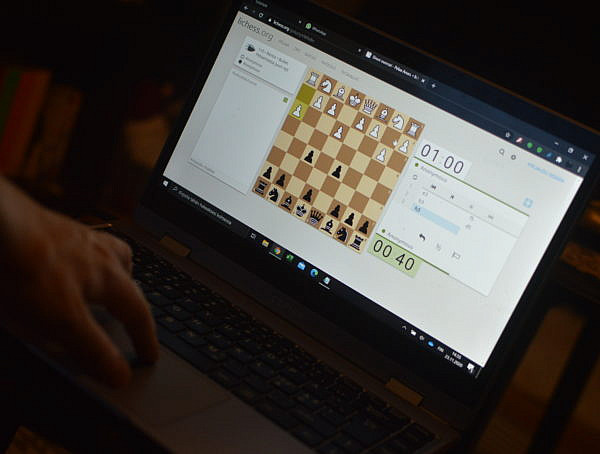Adam Jerrett, Peter Howell and Neil Dansey created a spectrum of emotions varying from pity to
compassion in their article “Developing an empathy spectrum for games” (2020). Empathy is a
rather vague term that often includes many other emotions, so the idea of the spectrum is to clearly
define pity, sympathy, empathy and compassion from each other. The article examines how these
different emotions come in to play in games. This empathy spectrum is supposed to help players get
a more immersive experience and understand the game better, as well as offer designers and
researchers an opportunity to study how games and empathy intertwine.
Researchers used four different games as case studies, and placed each of those games somewhere
on the spectrum. Each game placed differently, showing the variety of ways games can make a
player feel certain things or utilize different emotions.
The game The beginners guide acted as an example of pity and a little bit of sympathy. Player does feel bad for
the character, but is still very detached. Firewatch takes it a step further, aiming to cognitive and
reactive empathy. Cognitive empathy comes into play when the player understands why our main
character in the game, Henry, feels the way he does. When a relationship and a mystery story line
come in to the picture, player gets more involved and shifts to reactive empathy/sympathy. Player
starts to feel emotions caused by the situation of our main character, but they do not match those of
the emphatised.
Last two games move to a specific domain of “empathy games”, meaning that empathy is either a
big part of the games message or an important mechanic.
Parallel empathy gets introduced by The Walking Dead Season 1. The game itself moves from
cognitive to parallel empathy. Player, who is controlling the games protagonist Lee, gets introduced
to a young girl called Clementine. As the player takes her under their wing, emotions become more
involved. Reflecting Lee’s emotions and immersing themselves deeper in to the game, player moves
in to parallel empathy. Player is now starting to feel the same way that their emphatised would be
feeling, mirroring it.
Lastly the article moves to That Dragon, Cancer. This game is particularly moving, as it’s about the
story of a family that battles with their sons cancer and eventually loses to it. On the spectrum this
moves from reactive to parallel empathy. A clear example of parallel empathy comes in the end of
the game: family’s son is seen in ‘heaven’, giving the player a sense of the relief his parents would
feel seeing the image.
Compassion was not reached, as it’s seen as an outcome. In this context, the player should go from
experiences to actual actions in an order to be compassionate.
This article was done as a qualitative research based on analysis on how a player feels while playing
these games. Experiences are subjective and may vary, which can influence the results.
Jerrett A, Howell P, Dansey N. Developing an Empathy Spectrum for Games. Games and Culture.
September 2020
https://journals.sagepub.com/doi/10.1177/1555412020954019
Picture from: Firewatch promo pictures, https://www.firewatchgame.com/
You might also like
More from Game Research Highlights
How do you want to do this? – A look into the therapeutic uses of role-playing games
Can playing RPGs contribute positively to your wellbeing? A recent study aims to find out how RPGs are being used …
Eldritch horrors and tentacles – Defining what “Lovecraftian” is in games
H.P. Lovecrafts legacy lives today in the shared world of Cthulhu Mythos and its iconic monsters. Prema Arasu defines the …
Are Souls Games the Contemporary Myths?
Dom Ford’s Approaching FromSoftware’s Souls Games as Myth reveals the Souls series as a modern mythology where gods fall, desires …















